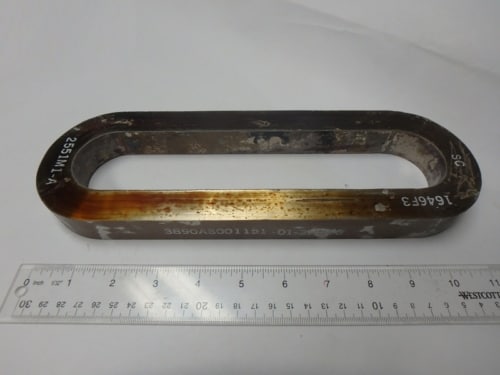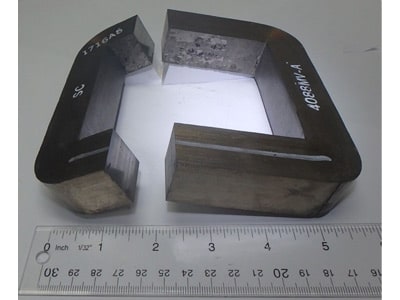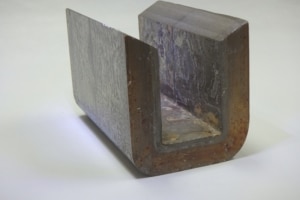Amorphous & Nanocrystalline Magnetic Cores
Tape wound cores are made from winding thin strips of high-permeability metallic-glass materials such as nickel-iron or silicon-iron alloys and then annealing them under heat and pressure. These cores play a critical role in many electronics applications and are available in two primary varieties:
- Nanocrystalline cores. Nanocrystalline cores are made from metallic-glass materials with a crystalline structure. These cores are distinguished by superior permeability coupled with low power loss and high saturation. These advantages have made them more popular than any other core material for novel applications.
- Amorphous cores. Amorphous cores are made from similar metallic-glass alloys, but with randomly arranged, noncrystalline structures. These cores offer high resistivity and low loss at high frequencies.
MK Magnetics, Inc. was founded in response to industry demands for reliable custom tape wound cores. Since the beginning, our mission has been to provide the highest quality tape wound cores, including highly customizable amorphous and nanocrystalline options for specialized applications. Today, we proudly offer an extensive range of amorphous and nanocrystalline cores, along with the capability to develop fully custom processes for non-standard orders of any size or complexity.

Nanocrystalline Core Race track

Amorphous C-Core Tape Wound

Machined Angled Nanocrystalline C-Core



